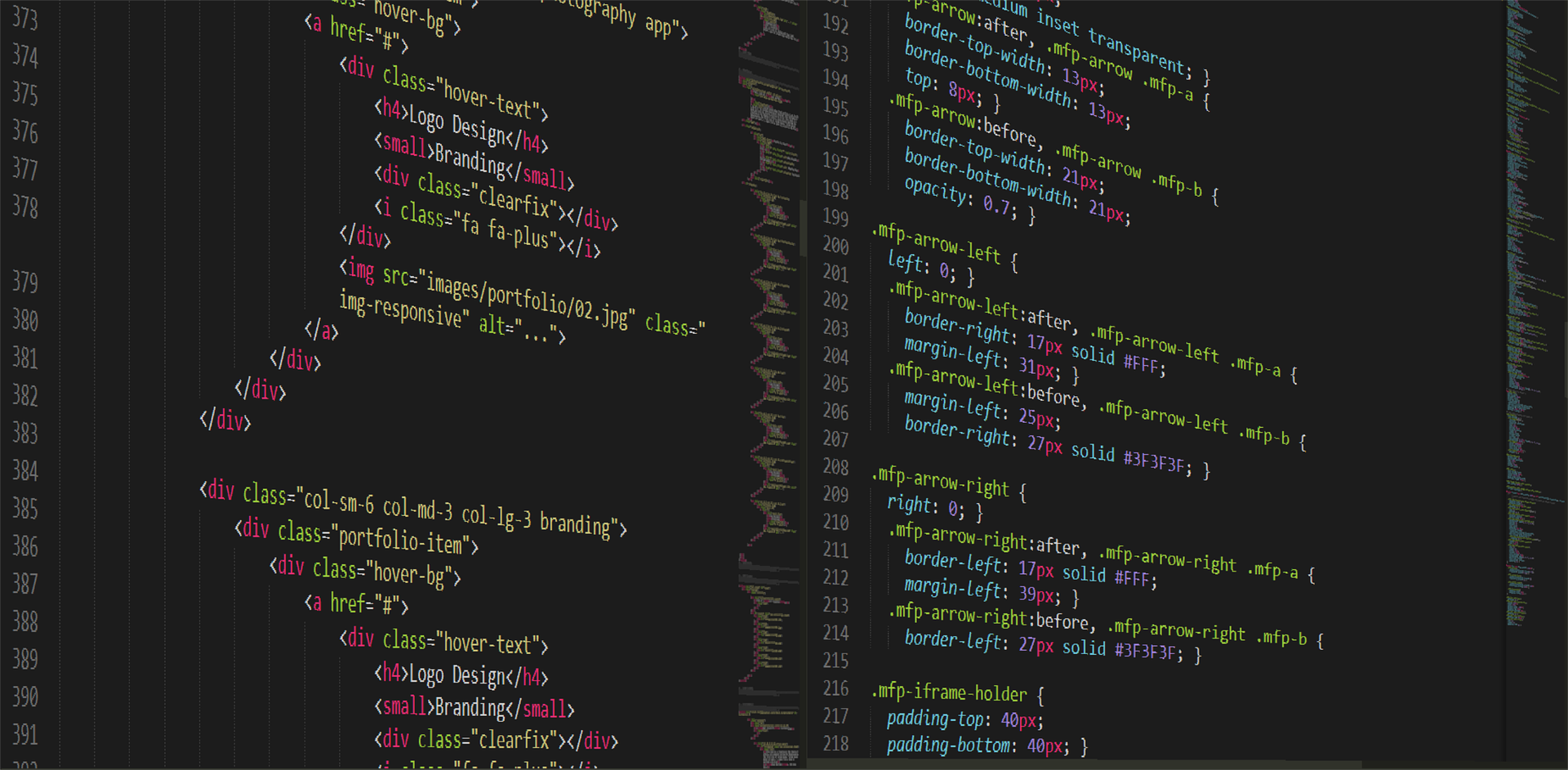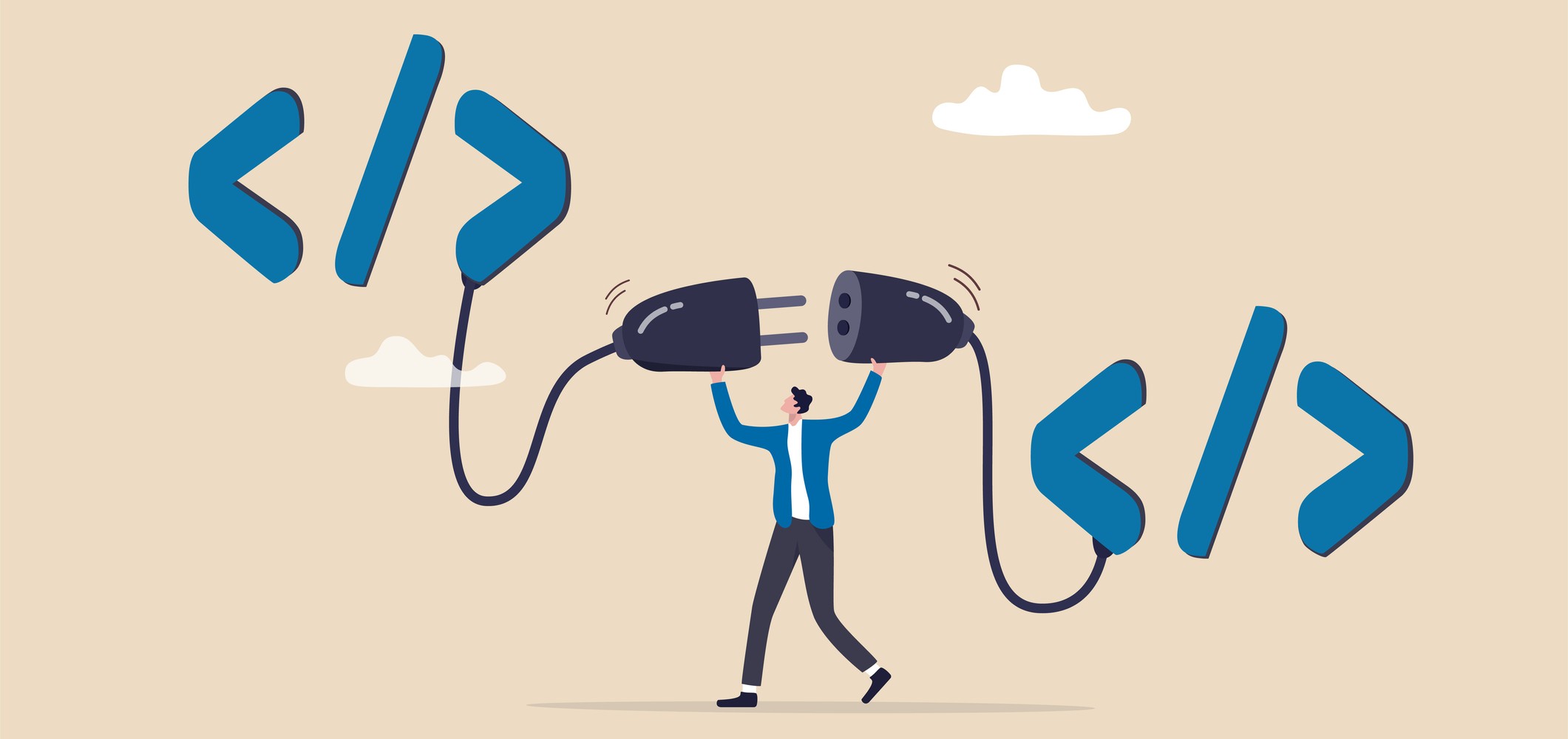If you manage a Joomla site, you may have noticed something quietly shifting in the ecosystem: more extension developers are stepping away, shutting down their services, or letting once-popular tools go unmaintained. In some cases, entire businesses that built their reputation on Joomla are closing shop or shifting to other platforms.
This doesn’t mean Joomla is fading, far from it. Joomla 5 introduced meaningful improvements in performance and structure, and Joomla 6 is already on the horizon. But with these advancements come necessary code changes, and not all extension developers are prepared (or willing) to keep up. That’s created uncertainty for site owners and developers alike, especially those relying on tools that haven’t seen updates in a while.
The good news is: you’re not stuck. With some planning, awareness, and the right support, you can stay ahead of potential issues without rebuilding your entire site from scratch.
Why Extensions Lose Support
Extensions become unsupported for a variety of reasons, and it's not always due to poor development. In many cases, developers shift focus to other platforms, move on to full-time roles, or simply don’t have the time or resources to maintain free or low-traffic tools. As the Joomla evolves, especially with major version updates, keeping extensions compatible requires ongoing effort, not all developers are in a position to keep up.
Joomla 4, 5, and the upcoming Joomla 6 introduce structural changes that force extension authors to refactor or rebuild parts of their code. For smaller or niche extensions, the cost of that work may outweigh the benefit.
Over time, this can lead to slow or halted updates, reduced support, and eventually, complete abandonment for some extensions.
Changing Priorities and Burnout
Many Joomla extensions were created and maintained by solo developers or small teams. Over time, priorities shift, people change careers, take on full-time roles elsewhere, or move to other platforms. What starts as a side project or community contribution can become difficult to maintain, especially when real life or burnout gets in the way.
Joomla Upgrades Require Maintenance
With each major version of Joomla, especially the transition from 3 to 4, and now from 4 to 5 and eventually 6, developers need to make structural changes to keep their extensions compatible. These updates often require more than just cosmetic tweaks. For some developers, especially those with multiple projects, keeping up with every version is time-consuming and not always practical.
Not Enough Active Users
Extensions that serve a small niche or never gained much traction may not justify ongoing development. If there’s low demand, limited feedback, or no financial return, it becomes hard for developers to continue supporting them, particularly when bigger platforms like WordPress or SaaS solutions pull attention away from Joomla. In these cases, even well-built extensions can quietly fade out.
Risks of Unsupported Extensions
Running unsupported extensions may not cause immediate issues, but over time they can quietly create serious problems. Without ongoing updates, any bugs or vulnerabilities remain unpatched, posing security risks to your site and potentially affecting server performance or user privacy.
Even if the extension seems to work today, it may block future Joomla upgrades, conflict with newer extensions, or break after a server update. These issues often surface at the worst time, during a rushed upgrade or when an important feature fails unexpectedly. Staying ahead of support gaps can help prevent bigger headaches later.
Security Risks
When an extension is no longer maintained, any security vulnerabilities it contains will likely remain unpatched. Even if everything appears to be working fine, outdated code can leave your site exposed to potential exploits. The longer an extension goes without updates, the greater the risk—especially if it handles sensitive data, forms, or user access.
Upgrade Barriers
Unsupported extensions can become a roadblock when you try to update Joomla or other components. If an extension hasn’t been updated to support newer versions, it may cause conflicts, break parts of your site, or prevent the upgrade from happening at all. This can force you to postpone important version updates, leaving your site stuck on older, less secure builds.
Broken Functionality Over Time
Even if an abandoned extension seems to be working now, that can change without warning. Updates to your server environment, template, or other plugins can trigger compatibility issues that weren’t there before. It’s not uncommon for things to break gradually, small bugs, layout issues, or missing features that stack up until the extension becomes unusable.
How to Spot Abandoned Extensions
It’s not always obvious when an extension has been abandoned, especially if it’s still working on the surface. But there are a few red flags that can help you spot potential issues early:
- No Recent Updates
If the extension hasn’t been updated in over a year, or longer, that’s often a sign the developer has stepped away. Check the Joomla Extensions Directory (JED) or the developer’s website for version history and changelogs. - No Joomla 4/5/6 Roadmap
As Joomla continues to evolve, responsible developers usually outline plans for compatibility with major versions. If there’s no mention of Joomla 4, 5, or the upcoming Joomla 6, it’s worth questioning whether the extension will be maintained. - Inactive Support Channels
Support forums or ticket systems that have gone quiet, or are filled with unanswered questions, are another common indicator. If users are asking for help or bug fixes and getting no response, support is likely no longer active. - Developer’s Website Is Down
If the developer’s site is returning errors, hasn’t been updated in years, or is no longer accessible, that’s a clear warning sign. Some devs let domains expire, move on, or abandon the project entirely. - Missing from the Joomla Extensions Directory
If you can’t find the extension on JED anymore, it may have been pulled or flagged as abandoned. Joomla maintains an Abandoned Extensions list you can reference to confirm.
What You Can Do
If you're relying on an unsupported extension, the first step is to evaluate whether it's still safe and functional or already starting to cause problems. In some cases, there may be a modern, well-supported alternative that can replace it with minimal effort. For more customized tools, a developer can help fork the existing code or rebuild key features in a way that's easier to maintain going forward.
Planning ahead is key, especially with Joomla 6 on the way. Addressing these issues now gives you flexibility and time, rather than being forced into urgent fixes later. Whether you need a quick review, a transition plan, or full hands-on support, getting ahead of unsupported extensions now can save you time, money, and stress down the line
Look for Alternatives
Before assuming your site is stuck, check to see if a modern, well-supported extension already exists with the same core functionality. In many cases, there's an actively maintained replacement that can slot in with minimal adjustments, especially for contact forms, galleries, or SEO tools. The Joomla Extensions Directory (JED) is a good starting point.
Use a Developer to Fork or Replace
If no direct replacement exists, or your site relies on custom integration, a developer can help by forking the original extension, patching key features, or rebuilding them in a cleaner, more sustainable way. At e-dimensionz, we've taken over unsupported tools and brought them back to life without forcing a full site rebuild. Sometimes the best path forward is fixing what still works rather than starting from scratch.
Plan Ahead for Joomla 6
Even if your current setup is stable, now’s the time to think ahead. Joomla 6 is on the horizon, and unsupported extensions that work today may quickly become blockers. Reviewing your site’s extension list now gives you room to plan updates or replacements before you're forced into urgent decisions.
If you’re dealing with unsupported extensions or an outdated Joomla site, you’re not the only one. Many businesses, large and small, are finding themselves in the same situation. As the Joomla ecosystem continues to evolve, it’s become increasingly common for site owners to discover that tools they’ve relied on for years are no longer maintained.
Although some developers have stepped away, others are stepping in to fill the gap. At e-dimensionz, we’ve taken over and stabilized projects that were left mid-build or running on aging extensions, like our work rescuing and relaunching Todoyu, a discontinued project management app.
Don’t Wait for It to Break
There’s no need to panic if your site is running older or unsupported Joomla extensions, but it’s not something to ignore either. These issues don’t always cause immediate problems, but they can create blockers when it’s time to upgrade, add new features, or secure your site.
With the right planning and support, you can address abandoned tools without rebuilding your entire website. Whether that means replacing an extension, forking it, or migrating to a better alternative, the key is knowing where you stand.




